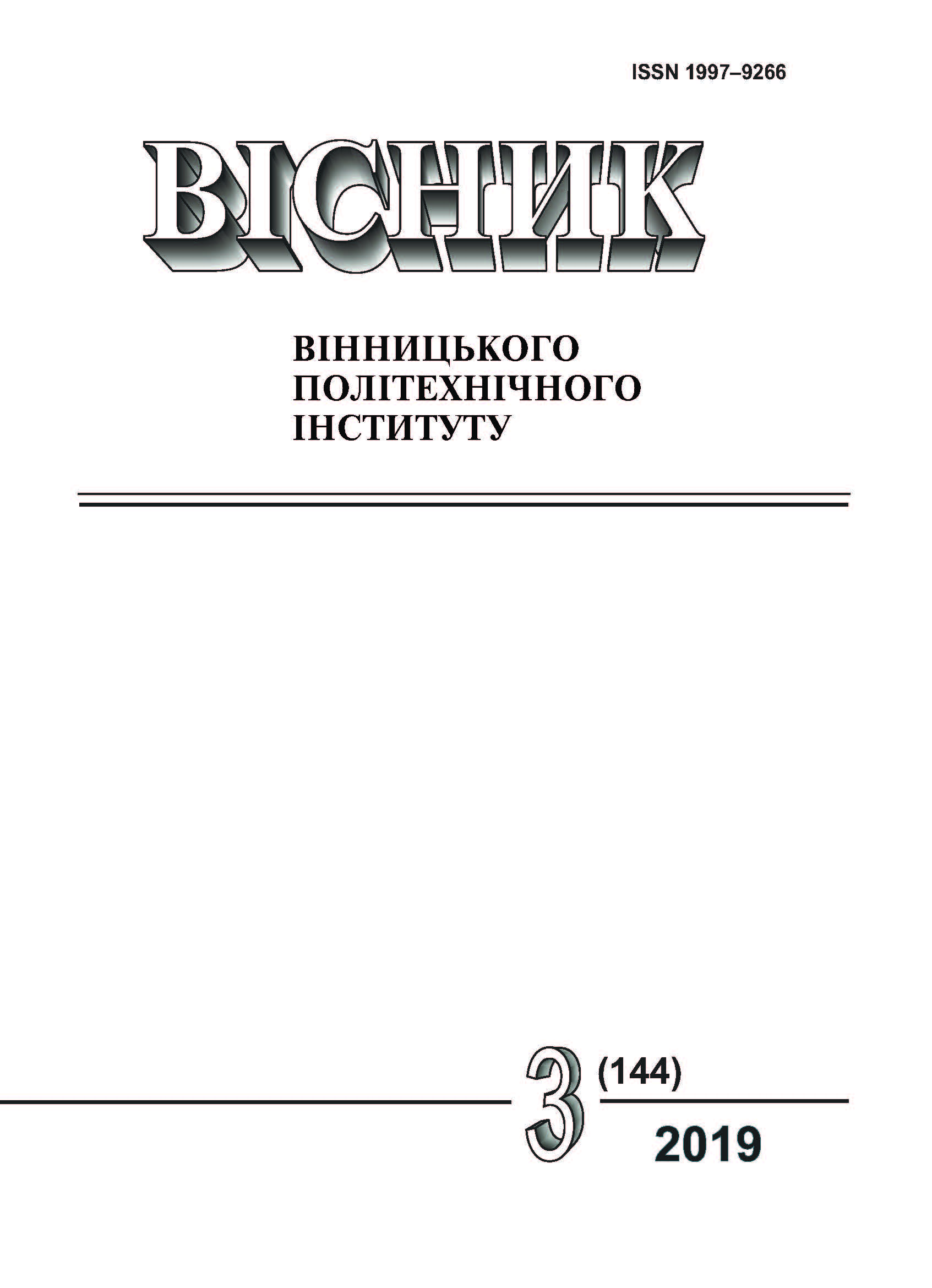Analysis of Experimental Data Needed for Synthesis of the Mathematical Model of Predicting the Distribution of Allergen Spring of Municipal Alternaria
DOI:
https://doi.org/10.31649/1997-9266-2019-144-3-50-58Keywords:
allergenic fungal spores, Alternaria, distribution process, meteorological factors, , increment of values of factors, correlation coefficients, autocorrelation and mutual correlation functionsAbstract
To predict the distribution of the allergenic fungal spores that have a negative effect on the health of a large number of people, it is necessary to synthesize predictive mathematical models that interconnect in time the concentration of allergenic fungal spores that spread as a result of the movement of air masses, which is the initial coordinate of the model, and the accompanying meteorological factors such as wind speed, air temperature, air humidity and a number of other factors that are input coordinates of the model. To determine and identificate the structure of the parameters of such predictive mathematical models, we need the results of an experimental study of the interactions between all these coordinates, which in their original form cannot be used directly to identify the above class of mathematical models, since they are nonstationary stochastic. In this paper, the following processing of the results of an experimental study of all these non-stationary stochastic coordinates characterizing the process of distribution of the allergenic fungal spores obtained on the basis of the Vinnitsa National Medical University, leads to such characteristics of these coordinates, which can then be used for synthesis of predictive mathematical models. These characteristics are stationary zonation of coordinates due to the transition from their measured values to their increments and correlation coefficients and autocorrelation and mutual correlation functions, calculated with regard to the increments of all the considered coordinates.
References
A. Grinn-Gofroń, et al., “A 10-year study of Alternaria and Cladosporium in two Polish cities (Szczecin and Cracow) and relationship with the meteorological parameters,” Aerobiologia, no. 32, рp. 83-94, 2016.
В. Б. Мокін, В. В. Родінкова, М. В. Дратований, та О. С. Білоус, «Статистичний аналіз динаміки спор грибів Alternaria за даними Європейської системи аеробіологічного моніторингу,» Вісник Вінницького політехнічного інституту, № 4, с. 33-42, 2017.
N. Ianovici, “Atmospheric concentrations of selected allergenic fungal spores in relation to some meteorological factors, in Timişoara (Romania),” Aerobiologia, no. 32, pp. 139-156, 2016.
Vitalii B. Mokin, Victoria V. Rodinkova, Tatiana Y. Vuzh, Waldemar Wójcik, and Saltanat Sailarbek, “The improvement of the volumetric monitoring system to raise the analysis accuracy for the allergic pollen found in the сity atmosphere,” Przeglad Elektrotechniczny, ISSN 0033-2097. R. 93 NR 5, pp 5. https://doi.org/10.15199/48.2017.05.17. 2017. [Електронний ресурс]. Режим доступу: http://pe.org.pl/articles/2017/5/17.pdf .
Г. Дженкинс, и Д. Ваттс, Спектральный анализ и его приложения, т. 1. Москва: МИР, 1971, 316 с.
Г. Дженкинс, и Д. Ваттс, Спектральный анализ и его приложения, т. 2. Москва: МИР, 1972, 287 с.
Б. І. Мокін, та О. Б. Мокін, Методологія та організація наукових досліджень: навч. посіб., 2-е вид., змін. та доп., Вінниця: ВНТУ, 2015, c. 317.
Downloads
-
PDF (Українська)
Downloads: 195
Published
How to Cite
Issue
Section
License
Authors who publish with this journal agree to the following terms:
- Authors retain copyright and grant the journal right of first publication.
- Authors are able to enter into separate, additional contractual arrangements for the non-exclusive distribution of the journal's published version of the work (e.g., post it to an institutional repository or publish it in a book), with an acknowledgment of its initial publication in this journal.
- Authors are permitted and encouraged to post their work online (e.g., in institutional repositories or on their website) prior to and during the submission process, as it can lead to productive exchanges, as well as earlier and greater citation of published work (See The Effect of Open Access).





